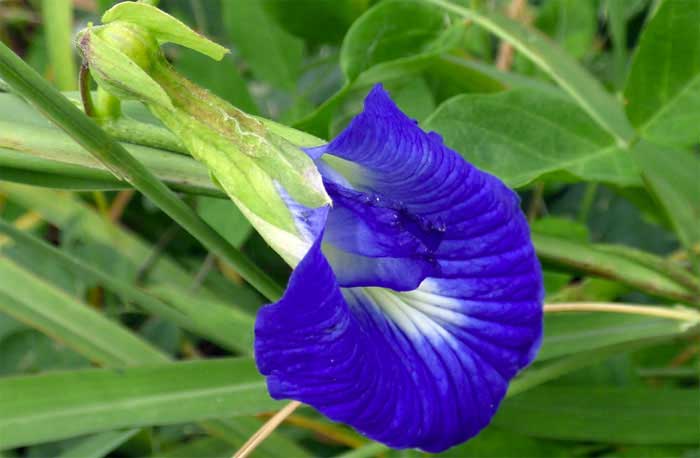Some would describe Singapore as a concrete jungle, but with a little time and patience you can find a plethora of edible goodies in the parks, beaches and outdoor spaces of this garden city. Lace up your trainers and head off the beaten path – you can find some truly delectable edible treasures hidden away in Singapore if you know where to find them.
A little research goes a long way
Before starting your foraging journey, make you sure you do thorough research on the types of wild plants out there. Mistaking one plant for another or eating the wrong part of an otherwise edible plant could lead to you ingesting something poisonous. If in doubt, take the safer route and don't eat it, or ask a more experienced forager for help. Also make sure you avoid picking or collecting edible plants from nature reserves or land stewarded by the National Parks Board, as you could be breaking a law. Ideally, forage away from the roadside to avoid plants exposed to pollution.
The best of nature's bounty
The plethora of interesting edible plants native to Singapore is boundless, but why not start with ones most familiar to you? We're talking fruit trees like jackfruit, banana, papaya and mango. You can also find fragrant and colourful herbs and spices like ginger, pandan and curry leaves and the striking blue butterfly pea flower growing in abundance. And if you're a seafood lover, the beaches and mangroves of Singapore's coastline are a veritable treasure trove of wild shellfish. Here are seven foraging favourites to look out for:
Butterfly pea flower
A mainstay of Nonya or Peranakan cooking, the butterfly pea flower lends its natural colouring to a variety of rice dishes, including the iconic nasi kerabu, and can also be made into a fragrant (and wonderfully colourful) tea. Look out for these bright flowers growing in parks and wild areas all over Singapore.
Pandan leaves
With a distinct and delicious fragrance that conjures up memories of Nonya kaya (pandan coconut jam best enjoyed with toast, kopi and soft-boiled eggs) and colourful kueh (local desserts and cakes), pandan (also known as screw pine) is native to Singapore and its aromatic and elegant leaves are used to flavour all manner of local delicacies. You'll smell this one before you see it, as large clumps of wild pandan fill the air with their aroma.
Seafood
Delectable shellfish like mussels, clams and oysters are frequent guests on the shores of Singapore. On Kranji Beach you can find mud mussels, locally known as “tua tow,” which thrive in the mangrove ecosystem native to Singapore's coastline and are found buried in the shoreline mud. Travel west to Punggol Beach, and you can feast on wild sea snails like spiral melongena, which you can often find canned in local supermarkets. Enjoy them fresh by searching in the sandy shorelines they inhabit.
Torch ginger flower
Torch ginger, also known as bunga kantan in Malay, is an attractive variety of ginger with waxy and light pink petals on the flower buds. Used in a plethora of local dishes, particularly in Malay and Peranakan cuisine, the flowers can be chopped up and added to dishes like rojak (a sweet and spicy fruit and peanut salad) and used a garnish on top of desserts.
Wild pepper leaves
With their small, waxy leaves and white flower buds, wild pepper (known as kaduk hutan in Malay) is a common occurrence in parks and gardens around the island once you know how to look for it. Favourite hawker dish otak-otak (grilled fish paste) partly gains its distinct flavour from being wrapped in wild pepper leaves, and then encased in a further layer of banana leaves before cooking. The mildly bitter taste is also used in dishes like nasi ulam, a Nonya rice dish flavoured with a variety of wild fragrant herbs.
Noni fruit
Found thriving on rocky and sandy shores all over Singapore, the noni fruit tree may have a pungent aroma, particularly when the fruit is at its ripest, but don't let that put you off giving it a try. Also known as the Indian mulberry, the fruit (similarly to its European counterpart) can be squeezed into a delicious juice. Traditionally, it's believed that the noni fruit has anti-carcinogenic properties.
Breadfruit
This quirky fruit grows abundantly in Singapore, known for its remarkable similarity to bread, both in taste and texture. In traditional Peranakan and Malay cooking, it is sliced, covered in flour and deep fried - resulting in an appearance similar to you tiao - the doughnut-like sticks often enjoyed with fragrant and heavy soup dishes like bak kut teh and as breakfast with a side portion of condensed milk for dipping.

